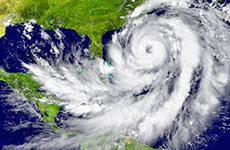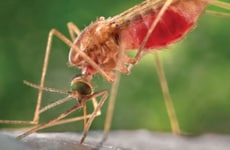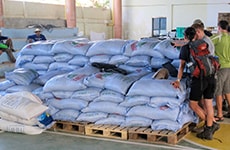Florida

- State Population: 22,244,823
- Local Health Departments: 67
- Frequent Public Health Emergencies: Tropical Storms/Hurricanes, Tornadoes, Flooding
- Key Emergency Operations Center Activations:
2020 – COVID-19 Pandemic - CDC PHEP Funding:
FY 2022: $32,589,946
FY 2021: $31,844,745
FY 2020: $30,596,524 - Public Health Crisis Response Funding:
Mpox 2023 Funding: $3,499,195
Mpox 2022 Funding: $1,649,655
COVID-19 2021 Funding: $126,615,000
COVID-19 2020 Funding: $41,220,532
- Epidemiologists: 53
- Laboratorians: 18
- Nurses: 19
- Planners: 113
- Other: 66*
*Includes IT specialists, administrative staff, statisticians, and other positions
- 2 Career Epidemiology Field Officers
- 2 Preparedness Field Assignees
- Community Preparedness
- Public Health Surveillance and Epidemiological Investigation
- Public Health Laboratory Testing
- Medical Countermeasure Dispensing and Administration
- Emergency Operations Coordination

In Florida, PHEP ensures that shelters can adequately address the requirements of populations with special medical needs that have no other place to go during an incident. In September 2017, Hurricane Irma struck Florida as a Category 4 storm, causing 65 of 67 counties to declare a state of emergency. The state used PHEP funds to set up and staff special needs shelters for 12,000 Floridians for 14 days. These shelters served people that, because of special needs like oxygen and electricity dependencies, needed additional care. Florida maintained a high standard of care, keeping the ratio of staff to patients at 1 to 5.

PHEP-funded staff served on the Incident Management Team for Florida’s Zika response, meeting daily through the summer of 2016 and coordinating the distribution of Zika Preventions Kits, flyers, and insect repellant. The team also facilitated mosquito control efforts by the Florida Department of Agriculture and Consumer Services. At the same time, the team successfully planned for and responded to other emergencies, including two hurricanes. Hermine made landfall as a category 1 storm and Matthew made landfall as a category 2 storm.

In October 2016, Hurricane Matthew made landfall in Florida as a Category 2 storm. To assist in recovery, Florida used the Unified Planning Coalition, or UPC, a resource-sharing coalition among states in the southeastern region of the United States. After the storm, Florida was able to receive shelter support from nearby states days before what would have been possible without the UPC.